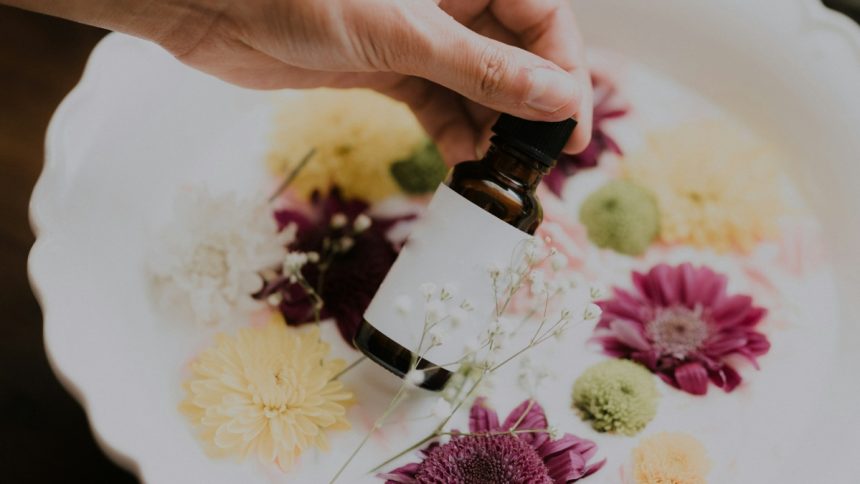Castor oil is a popular natural remedy used for hair care. It is believed to promote hair growth, strengthen hair strands and provide deep moisture. However, its thick and viscous nature makes it difficult to wash out of your hair completely. If not removed well after use, castor oil can leave your hair feeling greasy and weighed down. Here we will discuss some methods on how to remove castor oil from your hair effectively without leaving any grease or residue.
Why Castor Oil is Difficult to Wash Out
Caster oil is thick because of the high concentration of ricinoleic acid. This might give a solution to why organic castor oil coats the hairs and scalp so effectively and it’s also the reason why it can condition deep down into the hair cuticles. In addition, this also means that you would not be able to rinse it using only water or normal shampoo as these substances are not that strong enough to remove this kind of oils from your hair. You might probably feel lube in your hair after washing if you don’t wash castor oil properly.
Step-by-Step Guide to Washing Castor Oil Out of Hair
1. Use a Clarifying Shampoo
A clarifying shampoo is designed to remove build up from hair products, oils, and other residues. This type of shampoo contains stronger cleansing agents than regular shampoos so it will definitely work in breaking down and removing castor oil from your hair.
- How to Use: Apply the clarifying shampoo directly to your dry or slightly damp hair, focusing on areas where the castor oil is most concentrated. Work the shampoo into your hair and scalp, massaging thoroughly to ensure it reaches every strand. Rinse with warm water and repeat the process if necessary.
- Tip: Since clarifying shampoos can be drying, especially if used frequently, it’s important to follow up with a good conditioner or a deep conditioning treatment to restore moisture.
2. Try the Conditioner-First Method
Using conditioner before shampoo is a surprisingly effective way to remove castor oil from your hair. The conditioner helps to emulsify the oil, making it easier to wash out when you shampoo.
- How to Use: Start by applying a generous amount of conditioner to your dry hair, working it through from roots to ends. Allow the conditioner to sit for a few minutes, as this will help break down the castor oil. Rinse your hair with warm water, then shampoo as usual to remove any remaining oil and conditioner.
- Tip: Opt for a lightweight conditioner that rinses out easily. Avoid heavy, thick conditioners that could add to the oiliness.
3. Use a Baking Soda and Shampoo Mixture
Baking soda is known for its grease and oil cutting properties so it can be used to wash out castor oil. Mixing baking soda with your shampoo will create a powerful cleanser that will remove the oil without overly stripping your hair.
- How to Use: Combine a tablespoon of baking soda with your regular amount of shampoo in your palm. Mix them together until you have a smooth paste. Apply the mixture to your hair, massaging it thoroughly, particularly in the areas where the castor oil is most concentrated. Rinse with warm water and repeat if necessary.
- Tip: Baking soda can be drying if used too often, so it’s best to use this method only when needed and follow up with a good conditioner.
4. Apply an Apple Cider Vinegar Rinse
Apple cider vinegar (ACV) is a natural remedy that can also help clean castor oil out of your hair. The vinegar’s acidity helps to break down the oil, making it easier to wash out. Furthermore, ACV can help balance your scalp’s pH levels and leave your hair looking soft and shiny after treatment.
- How to Use: Mix equal parts of apple cider vinegar and water in a bottle or bowl. After shampooing your hair, pour the mixture over your hair, ensuring it covers all areas. Let it sit for a few minutes, then rinse with cool water. Follow with a conditioner if needed.
- Tip: The smell of apple cider vinegar can be strong, but it typically dissipates once your hair dries.
5. Use a Dish Soap as a Last Resort
Dish soap is manufactured tough enough to cut through stubborn grease and can be used in dire situations when you’re trying to get rid of lingering castor oil off your locks. However, since dish soaps are much more aggressive compared to typical shampoos, they should only be used as a last-ditch resort when every other method has failed.
- How to Use: Apply a small amount of dish soap to your damp hair, focusing on the oiliest areas. Massage the soap into your hair and scalp, then rinse thoroughly with warm water. Be sure to follow up with a deep conditioning treatment to replenish moisture and prevent your hair from drying out.
- Tip: Use a dish soap that’s gentle and free from strong chemicals or fragrances, as these can further irritate your scalp.
Additional Tips for Preventing Oily Residue
- Dilute the Castor Oil: Before applying castor oil to your hair, consider diluting it with a lighter oil such as coconut oil, olive oil, or jojoba oil. This can make the oil easier to wash out later. A 1:1 ratio works well, providing the benefits of castor oil without the heaviness.
- Use Less Oil: Applying too much castor oil can make it more difficult to wash out. Start with a small amount and focus on the areas that need it most, such as your scalp and the ends of your hair.
- Warm the Oil Before Application: Warming the castor oil slightly before applying it to your hair can help it spread more evenly and penetrate better, reducing the amount needed and making it easier to wash out.
- Comb Through Your Hair: After applying castor oil, use a wide-tooth comb to distribute the oil evenly through your hair. This can help prevent any areas from becoming overly saturated with oil.
Conclusion
Washing castor oil out of your hair isn’t as difficult as it may seem. If done correctly, you should be able to remove the oil and still maintain healthy, strong hair in the process. Whether you decide to use a clarifying shampoo, a baking soda concoction, or an apple cider vinegar, these steps will help you achieve clean, oil-free locks. Remember that less is more when it comes to handling your hair and scalp. You don’t want to strip them of their natural oils that actually stimulate hair growth and protect strands from breakage.
Lynn Martelli is an editor at Readability. She received her MFA in Creative Writing from Antioch University and has worked as an editor for over 10 years. Lynn has edited a wide variety of books, including fiction, non-fiction, memoirs, and more. In her free time, Lynn enjoys reading, writing, and spending time with her family and friends.















